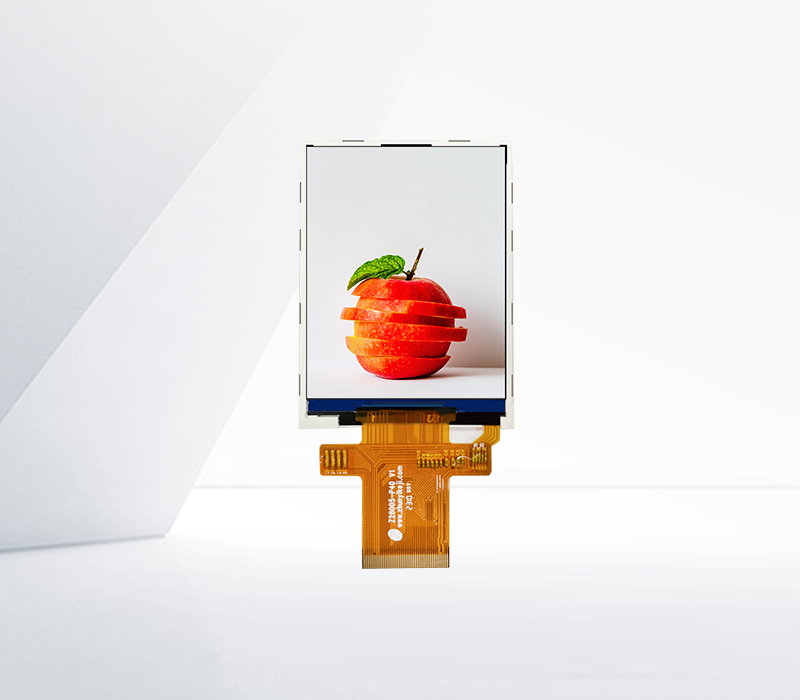




LCD (Liquid Crystal Display) is a display technology widely used in various electronic devices, with the following significant characteristics:
1. Lightweight and portable: The structure of LCD display screen is relatively simple, mainly composed of LCD panel, backlight, driving circuit, etc. Due to the inherent characteristics of liquid crystal materials, display screens can be made very thin and lightweight. This makes LCD displays widely used in portable devices such as smartphones, tablets, laptops, etc., making them convenient for users to carry and use.
2. Low power consumption: LCD displays have relatively low power consumption because they only consume electricity when images need to be displayed, and almost no electricity is consumed when the screen is black. In addition, the backlight source of LCD displays can also use energy-saving LED light sources, further reducing power consumption. The low power consumption feature gives LCD displays an advantage in energy conservation and environmental protection, and also extends the battery life of the device.
3. High resolution: LCD display screens can achieve high-resolution image display, presenting clear and delicate images. Through precise pixel control and driving technology, high pixel density display effects can be achieved to meet users' needs for high-definition images. Whether it's text, images, or videos, they can all be presented with high quality.
4. Vibrant colors: LCD displays can present rich colors with high color saturation and vivid and realistic colors. Through precise color control and adjustment, accurate color reproduction can be achieved, bringing users a good visual experience. Different types of LCD displays may have differences in color performance, such as IPS panels having more accurate colors and TN panels having faster response times.
5. Wide viewing angle: Although not as wide as some new display technologies, the viewing angle of LCD displays can still meet the needs of most users. Within a certain angle range, the color and brightness changes of the image are relatively small, and users can view the screen from different angles. Different types of LCD displays also have different viewing angles, such as IPS panels having a wider viewing angle and TN panels having a relatively narrower viewing angle.
6. Moderate response time: The response time of LCD displays is generally between a few milliseconds to tens of milliseconds. Although not as fast as OLED and other display technologies, it is sufficient for most application scenarios. When displaying static images and general dynamic images, response time does not have a significant impact on the viewing experience. However, when displaying fast-moving images, tailing and blurring may occur.
7. Relatively low price: Compared with some new display technologies, the price of LCD displays is relatively low. This makes it widely used in cost sensitive application areas such as mid to low end electronic products, industrial control equipment, etc. With the continuous advancement of technology and the expansion of production scale, the price of LCD display screens is still decreasing.
In summary, LCD screens have become one of the most widely used display technologies due to their lightweight, portability, low power consumption, high resolution, vivid colors, wide viewing angle, moderate response time, and relatively low price. With the continuous development of technology, the performance of LCD displays is constantly improving, which will continue to bring more convenience and excitement to people's lives and work.
